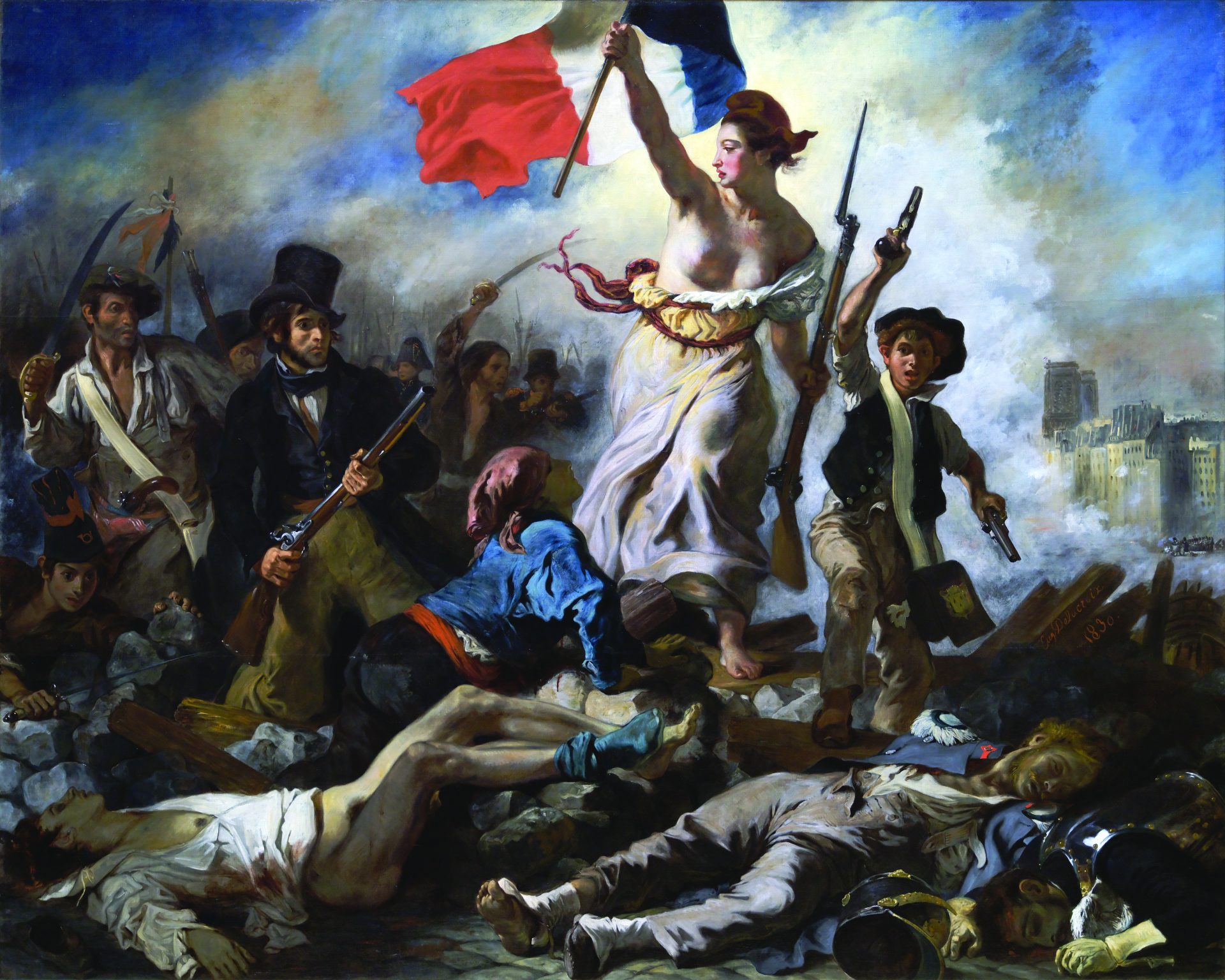Celebrity is a particularly thorny proposition in the worlds of literature and art. It’s useful: It inflates painting prices, and moves books. It’s also filthy to The Serious Crowd. But there are quality celebrities—people who both have recognition and are considered artists, a minority among the greater fame world. James Franco is probably the most popular version of the quality celebrity, as troublesome as he can be; other such high-end stars include semiformer East Village scenesters such as Jake Shears and Antony Hegarty.
And as a sort of corollary to the boomlet in cultural celebrity, we’ve seen a steady rise in the stature of the cultural truffle hounds. These animals, whose job is discovery and the bringing of the spotlight, are rare. That’s the job of a great art dealer or book editor or curator. Even Moby, for instance, was for a time both a quality celebrity and a master truffle hound of the emerging New York City trend. Those two positions fed him, and made him ever present at every next thing. Back in the late early 2000s, a New York Observer editor said that the paper should have a reporter dedicated to following Moby; the bald tea wizard was always just one step ahead, and would then go off rooting, in search of (and invited by) the new.
Of course, one woman’s quality celebrity is another woman’s disgraced money-grubber. Where the line gets crossed—well, it’s anyone’s own guess.
Actors and singers (sometimes even dancers) are, on the whole, more famous than actually of quality. And while art and literature stars might have quality to burn, they don’t get stopped on the street much. This has always been a key reason, I think, that the performing arts have had an uncomfortable relationship with the higher-end curatorial ambitions of the museum.
It’s always felt like New York’s MoMA has largely ceded the lead role of supporting performance, certainly to the Whitney. But this year seems different: MoMA has an upcoming “interactive dance party hosted by the artist collective CHERYL,” which “will create an immersive experience” to celebrate Cindy Sherman; P.S. 1 will continue its now-regular summer parties and Happenings.
Still, on January 26, MoMA staked a rather decisive claim on art as performance (if not performance art per se) by commissioning a “performance event,” at Radio City Music Hall. The gathering featured Antony and the Johnsons (in collaboration with musicians and lighting designers), and was “organized” by Klaus Biesenbach, whose title is chief curator at large of the Museum of Modern Art and director of MoMA P.S. 1.
By all measures, the event was a success. Radio City sold out. The show was exquisite, although it kept the orchestra hidden by scrims and backdrops too long; the audience was composed of an exceedingly large number of handsome men whom one hadn’t seen in a decade, and so everyone was quite pleased to be seen still alive.
The quality celebrities were there in droves—and just in case there was any danger of them being missed, MoMA’s Twitter account let everyone know. “Standing ovation in a packed #radiocity as Antony and the Johnsons wind down the premiere of #swanlights. Encore!” They even did their own red-carpet arrivals: “Guests are arriving at #radiocity for the premiere of #swanlights, including Tilda Swinton, Penn Badgley, and Alan Cumming.” (Penn Badgley, you say!)
As we can see with MoMA’s strange chatty Page Six–ness, an institution’s or person’s Twitter is instructive to read in total, as a text. Twitter user IDs are assigned sequentially. Klaus Biesenbach, having just signed up in April, is user no. 283,765,361. So what, we may well ask, is a Klaus Biesenbach, as his brand is curated in the Twitterverse?
On Valentine’s Day, he asked socialite-journalist Derek Blasberg how the Marc Jacobs show was.
He retweeted Yoko Ono’s declaration of sadness on the death of Whitney Houston.
He asked Hollywood actress Katherine Heigl if she’d be in Berlin for the premiere of the Marina Abramović movie.
He asked Jake Shears and Peaches if they would be in Berlin as well. Then for a while he was sending video links of Antony performing to Kylie Minogue and others. Then, before that: “@Jakeshears any good party tonight or tomorrow night in sundance?”
There is something quite charming in the lack of plural; also something German about the quest for the night’s one best social event. Then there was this, too: “tomorrow is jean genet’s 101 birthday.” Something about that reflection, tucked alongside all the party planning and celebrity name-checking, seems very lonely.
In light of this text, these interests, performance activities under Biesenbach’s direction become a bit suspect. They are a species of cool-hunting, of celebrity obsession. The Radio City extravaganza was an extremely commercial, big-ticket enterprise. It was artistry, and extremely worthwhile. But it was also a concert at Radio City Music Hall, home of the Rockettes. Biesenbach has made his name as an exceptionally gifted cultural truffle hound—he’s not so much a journalistic beat, on the Moby model, as an institutional network unto himself. As a result, there’s something uncomfortable about seeing his thoughts and communications exposed on Twitter. He is, like all of us when we expose ourselves online, far less interesting, and less interested in interesting things. Earned quality cool is a slippery thing.
Museums and other high-end culture institutions have long operated in sneaky secret. All that waiting with pent-up breath for who would get a Projects show at MoMA and who would make the Biennial list; the doors to these sexy back rooms, at least, are being pried open.
Fortunately, Biesenbach’s social-media text, however revealing it might be, is a little nothing, a tiny percentage of his intellectual and communicative life. Biesenbach seems to still have that sniffer: He next planned a Kraftwerk retrospective of eight unique performances for eight nights at MoMA in April. As a proposal, it had all the signs of being a brilliant moment of curation . . . and then all the tickets sold out immediately. It’s tough for a curator to rightsize when his work is really about the conflicts of commerce, cool, and aspiration.






